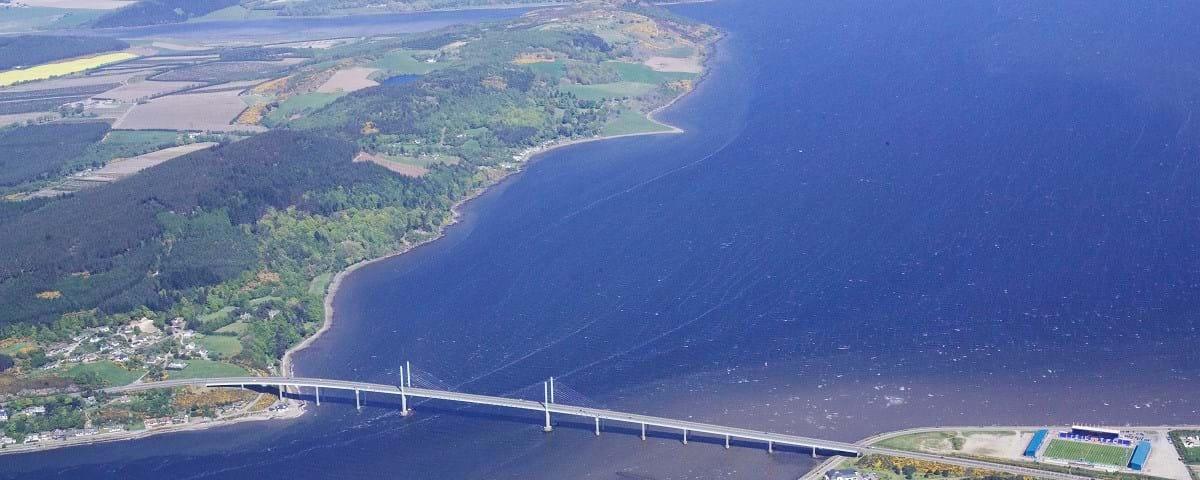Kessock Bridge awarded category B status
Kessock Bridge near Inverness has been listed as a category B structure by Historic Environment Scotland (HES), recognising the crossing as being of special architectural interest.

A major piece of 20th century engineering, it was the first multi-cable-stayed bridge to be built in the United Kingdom, and at the time of its completion in 1982 was the largest of its type in Europe. The Kessock Bridge was also among the first to apply special ‘quake-proof’ technology, designed to allow for seismic and geological movement from the Great Glen Fault.
This is the third bridge in Scotland to be listed by HES in the last 12 months, following The Erskine Bridge and Drochaid a’ Chaolais Chumhaing (Kylesku Bridge).
Drochaid Ceasaig (Kessock Bridge) won the combined design and construction Saltire Award in 1983, the year after it opened to traffic.
Elizabeth McCrone, head of designations at HES, said: “I’m delighted that another example of Scotland’s remarkable heritage of bridge construction has become a listed structure.
“One of the many innovations of the Drochaid Ceasaig (Kessock Bridge) was its ability to withstand extreme weather and earthquakes resulting from the Great Glen geological fault. It also contributed significantly to driving economic growth in the area, making travel between Inverness and the far northeast significantly easier.
“We have such a strong heritage of bridge building in Scotland and the Kessock Bridge is an important part of that distinguished tradition.”
The listing follows a public consultation run by HES earlier this year, where members of the local community were invited to express their views on recognising the bridge with listed status.
Cabinet secretary for transport infrastructure and connectivity, Michael Matheson MSP, added: “I am delighted that Kessock Bridge has been recognised for its historically unique importance as a listed structure. The cable-stayed bridge which has been carrying thousands of vehicles every day over the Beauly Firth for nearly 40 years, is a vital connection to and from the far north of Scotland and has been central in supporting economic growth in the region.
“Its iconic design, length and position overlooking Scotland’s highland capital has rightly earned its new status and I look forward to its continued success as a key piece of Scotland’s transport infrastructure.”















